Strategy
Who are you watching and why? That’s the question every savvy business owner must ask to stay ahead of the curve.
You’re watching your competitors. They’re your benchmark for success and innovation. Studying their moves reveals market trends and consumer preferences.
Next, you’re watching both industry and outside leaders. They set the standards and push boundaries. Learning from their successes and failures can spark new ideas and improve your strategies.
Finally, you’re watching your customers. Their feedback, behavior, and needs should guide your decisions. Listening to them can help you anticipate changes and adapt swiftly.
Stay curious, stay informed, and stay ahead.
Share this:
The Power of “Yes, And”: Transform Your Conversations
Sponsored by theGuarantors
Imagine you’re in a meeting, ideas flying around, and someone pitches a wild concept. Instead of shutting it down, you respond, “Yes, and…”
This is the principle of “Yes, And.” It’s a tool from improv comedy that is useful in business, too.
When you say “Yes,” you validate the other person’s idea.
It shows respect.
Adding “And” builds on the idea.
It encourages creativity and collaboration.
This principle transforms conflict into cooperation.
Try it in your next conversation. You’ll see immediate results.
Share this:
How Success Breeds More Success
Ever wondered why certain individuals or teams consistently outperform others? It’s the principle that “success breeds more success.”
Success breeds more success because it creates momentum.
It leads to increased confidence.
It leads to increased resources.
This cycle means each success makes future successes more likely.
Recognize and celebrate small wins to build momentum.
Leverage initial successes.
Use the confidence from past successes to tackle more ambitious projects.
Embrace and cultivate your successes to unlock a continuous cycle.
The best way to predict future success is to start with a single victory and build on it.
Share this:
Measure to Manage: The Secret of Success
Success thrives on measurement. When you measure something, you bring it into focus.
Attention to detail fosters improvement.
Data informs the path to success.
Measuring progress inspires.
Whether it’s business growth or personal development, metrics matter.
They bring attention to what’s working and what’s not.
This clarity helps inform better decisions and smarter strategies.
Success hinges on tracking.
Set clear metrics.
Monitor progress.
Adapt strategies based on data.
Win.
Share this:
Slicing Through Modern-Day Gordian Knots
Once, a knot was so intricate no one could untangle it. Only a future king could solve it. Alexander the Great sliced it with his sword, teaching us direct action is often the best solution.
Today’s “Gordian knots” are complex challenges in business, technology, or personal decisions.
How do we tackle them?
Like Alexander, apply bold, unconventional strategies to cut through the chaos.
Imagine a project deadlock.
Traditional methods have failed.
Thinking like Alexander could inspire a breakthrough here.
Instead of more analysis or meetings, redefine the problem.
Remove a key component that seems essential but complicates matters.
Complexity requires a bold hand, not a hesitant one.
This approach values decisive, courageous action.
The modern-day Gordian knot demands the wisdom to know when to cut through and when to untie.
Share this:
- Page 1
- Page 2
- Page 3
- Interim pages omitted …
- Page 7
- Go to Next Page »

